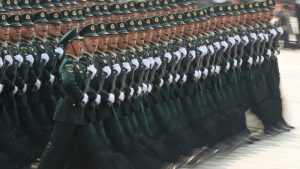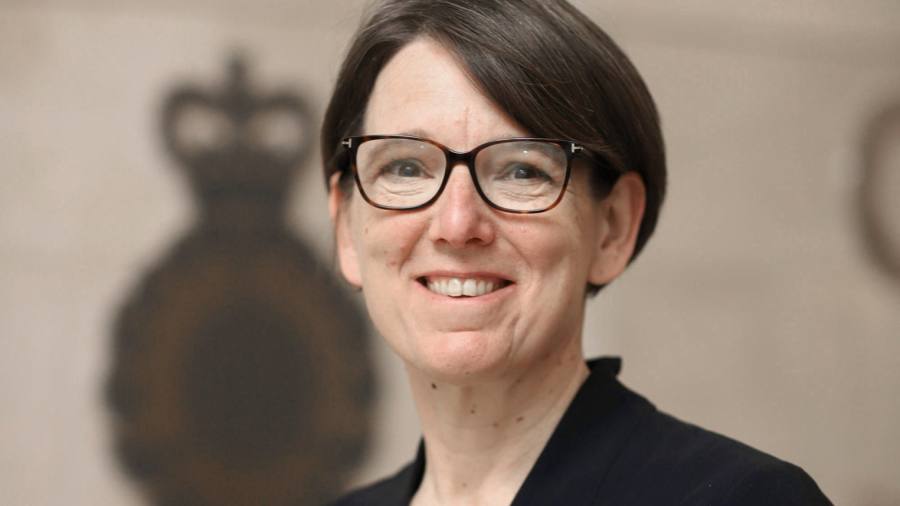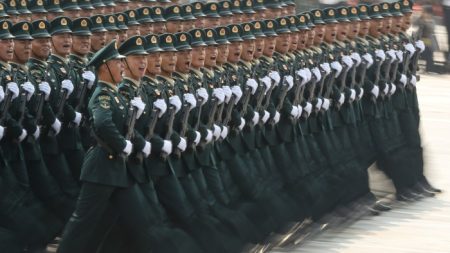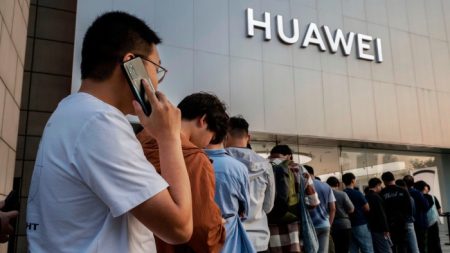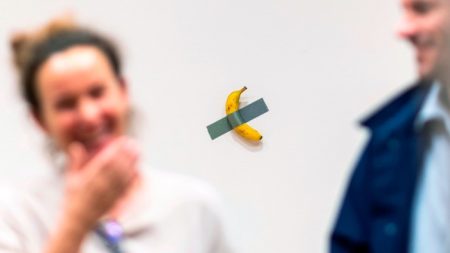Anne Keast-Butler has been named the new head of GCHQ, becoming the first woman to lead Britain’s cyber intelligence spy agency.
Keast-Butler, who is deputy director of MI5, the UK’s domestic intelligence service, will take up her role in May. She will succeed Sir Jeremy Fleming, who announced in January he was stepping down after six years.
“Anne . . . brings a wealth of experience from across the national security community, has the vision to take GCHQ into the future and will ensure that it continues its vital work to protect the UK,” national security adviser Sir Tim Barrow said in a statement.
GCHQ has had 16 chiefs, all of them men, since it was founded in 1919 when it was known as the Government Code and Cypher School.
Keast-Butler’s appointment leaves MI6, the foreign security agency, as the only one of the UK’s three main intelligence services, never to have had a female chief. MI5 appointed its first woman, Stella Rimington, as director-general in 1992 followed by Eliza Manningham-Buller a decade later.
The UK’s national cyber security centre, which is part of GCHQ and provides advice and support for the private and public sectors on how to avoid computer security threats, also has a female chief, Lindy Cameron.
Keast-Butler said: “I was privileged to work in GCHQ a few years ago, so I know I am again joining a world-class team of people from diverse backgrounds with a broad range of skills who share a singular focus on making our country safer, more secure, and more prosperous.”
As MI5 deputy director, Keast-Butler was responsible for the agency’s operational, investigative and protective security work, including its response to Russia’s full-scale invasion of Ukraine.
Fleming held the same position at MI5 before he was appointed GCHQ chief in 2017, and Keast-Butler was widely tipped to succeed him.
“Anne’s appointment is fantastic news for the organisation,” Fleming said. “I have worked with Anne for decades and think she is a brilliant choice with deep experience of intelligence and security in today’s technology-driven world.”
Anna Brailsford, chief executive of Code First Girls, a provider of free coding courses for women, said: “This is a momentous moment for women’s representation. Diversity in cyber security is key because we need a real mix of minds to provide solutions to oncoming threats and ensure our own systems are unpredictable.”
Dan Lomas, lecturer in intelligence and security studies at Brunel University in London, said the appointment of a woman to head GCHQ was “hugely significant”, adding it was “also significant that Keast-Butler follows Fleming’s path from MI5 . . . Whitehall links matter”.
With 30 years of experience in British intelligence, Keast-Butler previously worked as director of general strategy at MI5, overseeing the functions that support its operations. Prior to that, she spent two years on secondment to GCHQ as head of counter terrorism and serious organised crime, with other spells inside Whitehall.
Analysts said that among the challenges facing her in her new role is how to differentiate GCHQ’s traditional intelligence work, which is typically gathered from satellites and communications intercepts, from the often highly detailed open-source intelligence that is now widely available on the web.
Keast-Butler holds a degree in mathematics from Merton College at Oxford university and is married with three children.
Read the full article here



